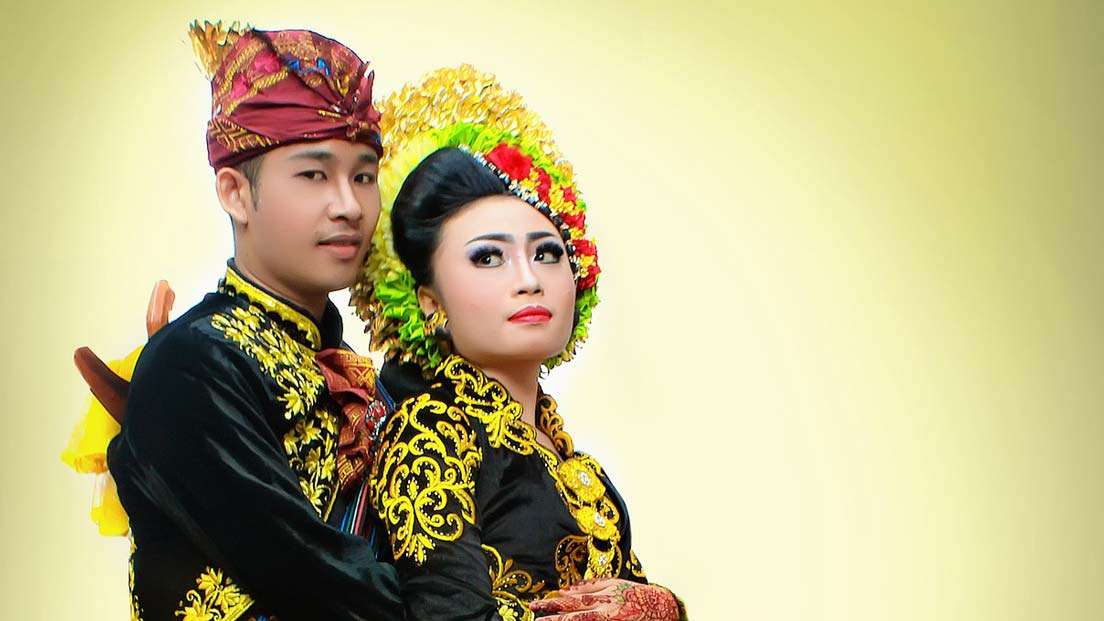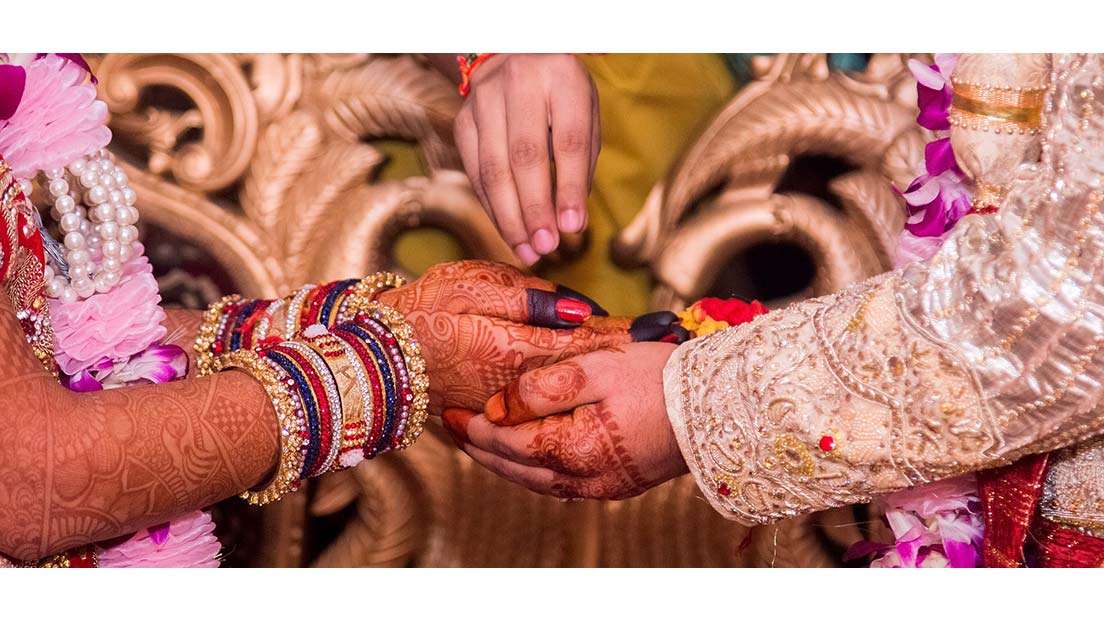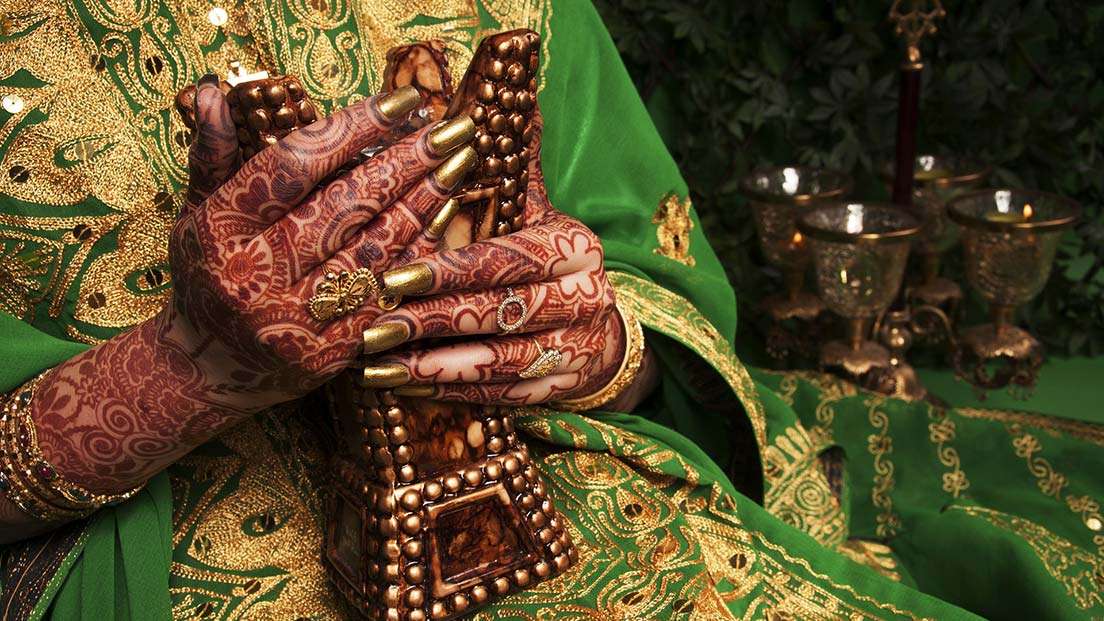This month we take a look how different countries each have their own unique wedding customs
While throwing the bouquet, cutting the cake and the first dance are all wedding traditions that we are familiar with in the UK, tying the knot is celebrated differently by everyone. Customs vary according to culture ethnic groups, religions, countries and social classes. We take a look at some of the more weird and wonderful ones, and if you are short of inspiration and particularly charmed by a certain ritual, why not adopt it for your own wedding?

Now we do not expect that many will choose to take on this tradition to formalise their union given most soon-to-weds are bursting with excitement, but couples from the Congo are forbidden from smiling during or after the ceremony (or in wedding photos), as it implies they are not serious about marriage. Likewise, the French have a less than charming way of making a couple’s day memorable, with guests making the bride and groom drink champagne and eat chocolate out of a toilet to give them strength before their wedding night. Meanwhile to select a wedding date, Daur couples from Inner Mongolia are required to find a healthy liver of a baby chicken – no matter how many chicks they have to kill and dissect before they find a good one.

In Yugur culture (an ethnic Chinese minority) it is custom for the groom to shoot his bride with a bow and arrow (albeit minus the arrowheads) three times. He then breaks the arrows during the ceremony to ensure their love lasts forever. To make up for it, the bride does get to pick out three wedding dresses – a traditional qipao, a bright-red silk, high-necked, long-sleeved gown with intricate gold embroidery, to walk down the aisle in, while a more westernised, bouffant white ball gown is for the reception and a cocktail dress of her colour sees the night out.
The bride is also carried from her home to the groom’s in an elaborately decorated sedan chair. Often the bride will wear a red veil to hide her face, and the mother or attendants shield her with a red umbrella – the colour meaning to encourage fertility, as well as throw rice, a symbol of health and prosperity. It is also tradition for bridesmaids to put the groom through a series of silly tasks and performances to prove that he is worthy of the bride. He then must pay them off with envelopes stuffed full of cash.  In Germany the domestic duties start early – guests throw porcelain dishes on the ground for the bride and groom to clean up. It is believed to ward off any evil spirits, and means that together the couple can face any challenge thrown their way. Applying the same sort of philosophy, after getting married, the husband and wife must saw a log in half in front of guests, to show they can work together and face obstacles they may come across throughout their marriage.
In Germany the domestic duties start early – guests throw porcelain dishes on the ground for the bride and groom to clean up. It is believed to ward off any evil spirits, and means that together the couple can face any challenge thrown their way. Applying the same sort of philosophy, after getting married, the husband and wife must saw a log in half in front of guests, to show they can work together and face obstacles they may come across throughout their marriage.

In some parts of India, there is a wedding tradition called Joota Chupai, which means ‘hiding the shoes’. The groom is required to take off his shoes before walking to the altar – the idea being that everyone from the groom's side protects the shoe while the bride's family tries to steal and hide them, to bring the two families together. Before an Indian bride gets married, she and her closest friends get together for a mehndi party to elaborately decorate their hands and feet with intricate temporary henna designs, to represent the joy, hope and love of the occasion. Women born as Mangliks – an astrological combination when Mars and Saturn are both under the seventh house – are cursed and thought to be likely to cause their husband an early death. There is a way to break the evil spell however, marry either a statue of Vishnu or a Peepal tree or banana tree first
According to Russian custom, the groom must go to the bride's parents' home on the morning of the wedding and prove his worth by either paying a ransom for his wife-to-be, showering the family with gifts, or paying up in humiliation by dancing and singing until he gets the go ahead. Once married, the couples share a wedding sweetbread (karavaya), which is adorned with wheat for prosperity and interlocking rings for faithfulness, and whoever takes the biggest bite without using their hands, is deemed head of the family.